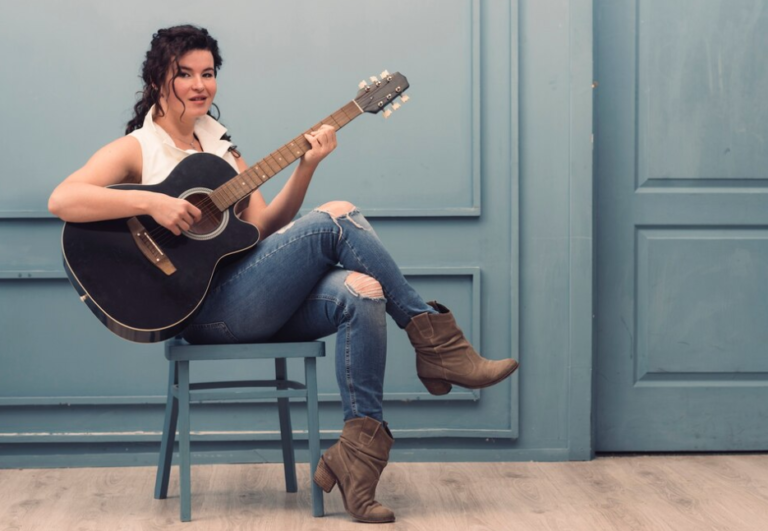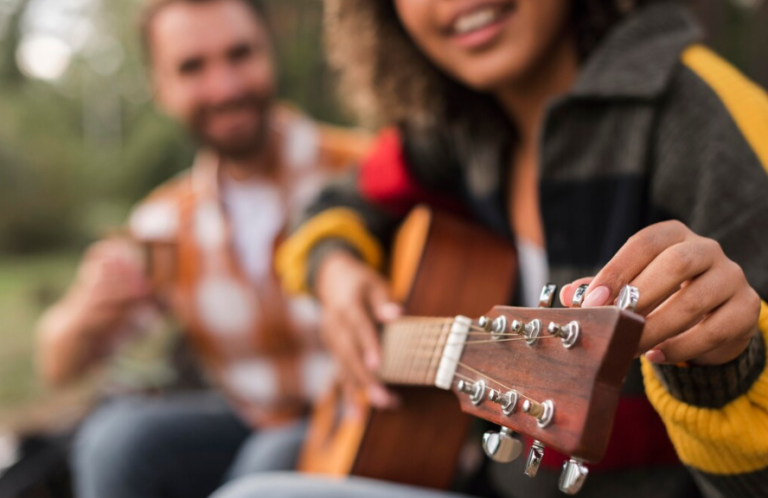Know It All About The G Minor Pentatonic Scale

Welcome to another edition of our guitar tutorials! Today, we’re diving into the melodic world of the G Minor Pentatonic scale. This scale is not only foundational for guitarists interested in blues and rock, but it also serves as a stepping stone toward more complex musical expressions in various genres.
Whether you’re a beginner or looking to refine your skills, this guide will help you play the G Minor Pentatonic scale confidently and creatively.
What is the G Minor Pentatonic Scale?
The Pentatonic scale is a five-note scale that is widely used across many music styles, particularly in solos and improvisations. The G Minor Pentatonic includes the following notes:
G – Bb – C – D – F
Learning the Scale Pattern
Open Position
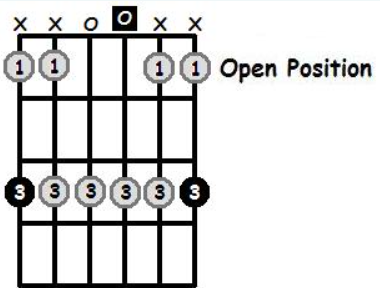
- G (3rd fret, 6th string)
- Bb (1st fret, 5th string)
- C (3rd fret, 5th string)
- D (Open 4th string)
- F (3rd fret, 4th string)
- Continue this pattern across the guitar’s neck
3rd Position
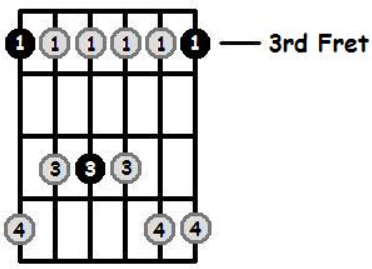
- G (3rd Fret, 6th String): Use your index finger to press down on the third fret.
- Bb (6th Fret, 6th String): Stretch your pinky to reach the sixth fret on the same string.
- C (3rd Fret, 5th String): Again, use your index finger to press down on the third fret.
- D (5th Fret, 5th String): Use your ring finger to press down on the fifth fret.
- F (3rd Fret, 4th String): Use your index finger for the third fret.
- G (5th Fret, 4th String): Use your ring finger for the fifth fret
- Bb (3rd Fret, 3rd String): The index finger takes the third fret.
- C (5th Fret, 3rd String): Ring finger on the fifth fret.
- D (3rd Fret, 2nd String): Index finger on the third fret.
- F (6th Fret, 2nd String): Pinky stretches to the sixth fret.
- G (3rd Fret, 1st String): Use your index finger on the third fret.
- Bb (6th Fret, 1st String): Stretch your pinky to press the sixth fret.
5th Position
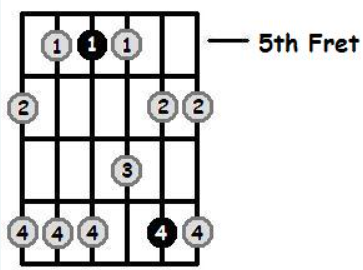
- D (5th Fret, 6th String): Use your index finger to press down on the fifth fret.
- F (8th Fret, 6th String): Stretch your pinky to reach the eighth fret on the same string.
- G (5th Fret, 5th String): Use your index finger to press down on the fifth fret.
- Bb (8th Fret, 5th String): Use your pinky to press down on the eighth fret.
- C (5th Fret, 4th String): Again, use your index finger for the fifth fret.
- D (7th Fret, 4th String): Use your ring finger to press down on the seventh fret.
- F (5th Fret, 3rd String): Index finger on the fifth fret.
- G (7th Fret, 3rd String): Ring finger on the seventh fret.
- Bb (6th Fret, 2nd String): Use your middle finger to press down on the sixth fret.
- C (8th Fret, 2nd String): Use your pinky to press the eighth fret.
- D (5th Fret, 1st String): Use your index finger on the fifth fret.
- F (8th Fret, 1st String): Stretch your pinky to press the eighth fret.
Practicing with Metronome
Integrate a metronome into your practice sessions. Start slowly, ensuring each note is played cleanly and accurately. Gradually increase the tempo as you become more comfortable with the scale. This will not only improve your timing but also enhance your muscle memory.
Experiment with Phrasing
Once you are comfortable with the basic scale pattern, experiment with different phrasing options. Try skipping notes, playing in reverse order, or adding slight bends to the Bb and F to bring more emotion and uniqueness to your playing.
Apply the Scale Musically
Finally, apply the G Minor Pentatonic scale to actual music. Start by jamming along with tracks in G minor, or create your own riffs and solos based on the scale. Listening to and playing along with songs that feature pentatonic solos can also provide inspiration and understanding of how the scale works within different musical contexts.
Being able to play the G Minor Pentatonic scale is a valuable skill for any guitarist. It opens up a world of possibilities for improvisation and solo performance. Remember, the key to proficiency is consistent practice and creative experimentation. Happy strumming!
If you’re interested in learning an instrument, at Real Brave, we offer an incredible experience like no other place in music lessons for kids and adults by guiding them from the beginning stages of getting to know an instrument all the way through performing for family and friends on stage. Our instructors come from all over the world, bringing extensive experience on a wide range of instruments. Click below and book a free lesson with us!
Author: Daniel Powers Jr, the founder of Real Brave™, serves as the chief inspiration to thousands of students in the Real Brave music instruction program. He’s also the visionary behind PracticePad™, an online platform for live one-on-one online music lessons, lesson tracking, and scheduling. Beyond his entrepreneurial pursuits, Daniel leads a non-profit organization that provides formerly homeless children with access to music education, making a profound impact on their lives. His unwavering dedication to music, innovation, and education continues to inspire individuals to reach their fullest potential while creating positive change in communities. Follow Real Brave on all the socials:
youtube.com/@realbraveinc
twitter.com/realbraveinc
https://www.tiktok.com/@realbraveinc
instagram.com/realbraveaudio
facebook.com/realbraveinc




